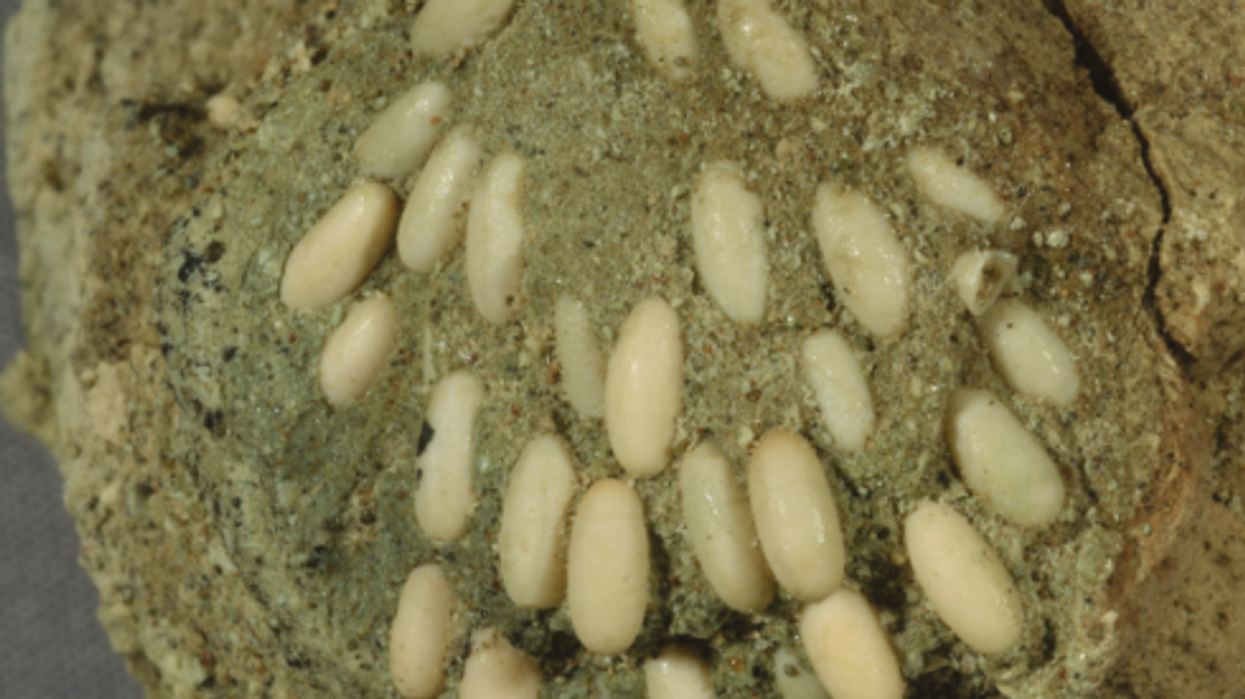Catherine Shuttleworth
Jan 17, 2024

29-million-year-old 'egg pods' discovered in US national monument
National Park Service
A pod of fossilised eggs has been found in east-central Oregon, helping to solve a mystery of what creature had laid them millions of years ago.
Eggs had previously been found at John Day Fossil Beds National Monument, but only as individuals, leading them to be misidentified as ant eggs. And even though in 2016 a nest filled with eggs was discovered, they were identified as grasshoppers, due to the similarity in the shape of the eggs to modern grasshoppers.
To help the team get a better look at the eggs, the fossils of an ootheca (a type of egg capsule produced by stick insects, cockroaches, praying mantises, grasshoppers, and other animals) was imaged using a micro-CT scanner.
Different species make their oothecae in a variety of ways, creating different varieties of the egg pod. Praying mantises lay eggs into a frothy mass produced by glands in their abdomens, which then hardens, protecting the eggs.
According to the study, the team found distinctive oothecae belonging to ancient grasshoppers "highly organised egg mass comprising a large clutch size of approximately 50 slightly curved ellipsoidal eggs arranged radially in several planes is persevered, enclosed in a disc-shaped layer of cemented and compacted soil particles".
Many grasshopper species lay their eggs by inserting their abdomen into the soil, before making excretions that mix with the soil and 29-million-year-old 'egg pods' discovered in US national monumentthen harden. Resulting in an ootheca that takes on the shape of the surrounding soil.
"Based on the morphology of the overall structure and the eggs, we conclude that the specimen represents a fossilized underground ootheca of the grasshoppers and locusts," the team continued, "also known as an egg pod."
The find is believed to be the oldest and most unambiguous evidence of grasshopper pods, with the fossil dating back 29 million years.
You can read the paper in Parks Stewardship Forum.
Sign up for our free indy100 weekly newsletter
How to join the indy100's free WhatsApp channel
Have your say in our news democracy. Click the upvote icon at the top of the page to help raise this article through the indy100 rankings
Top 100
The Conversation (0)













